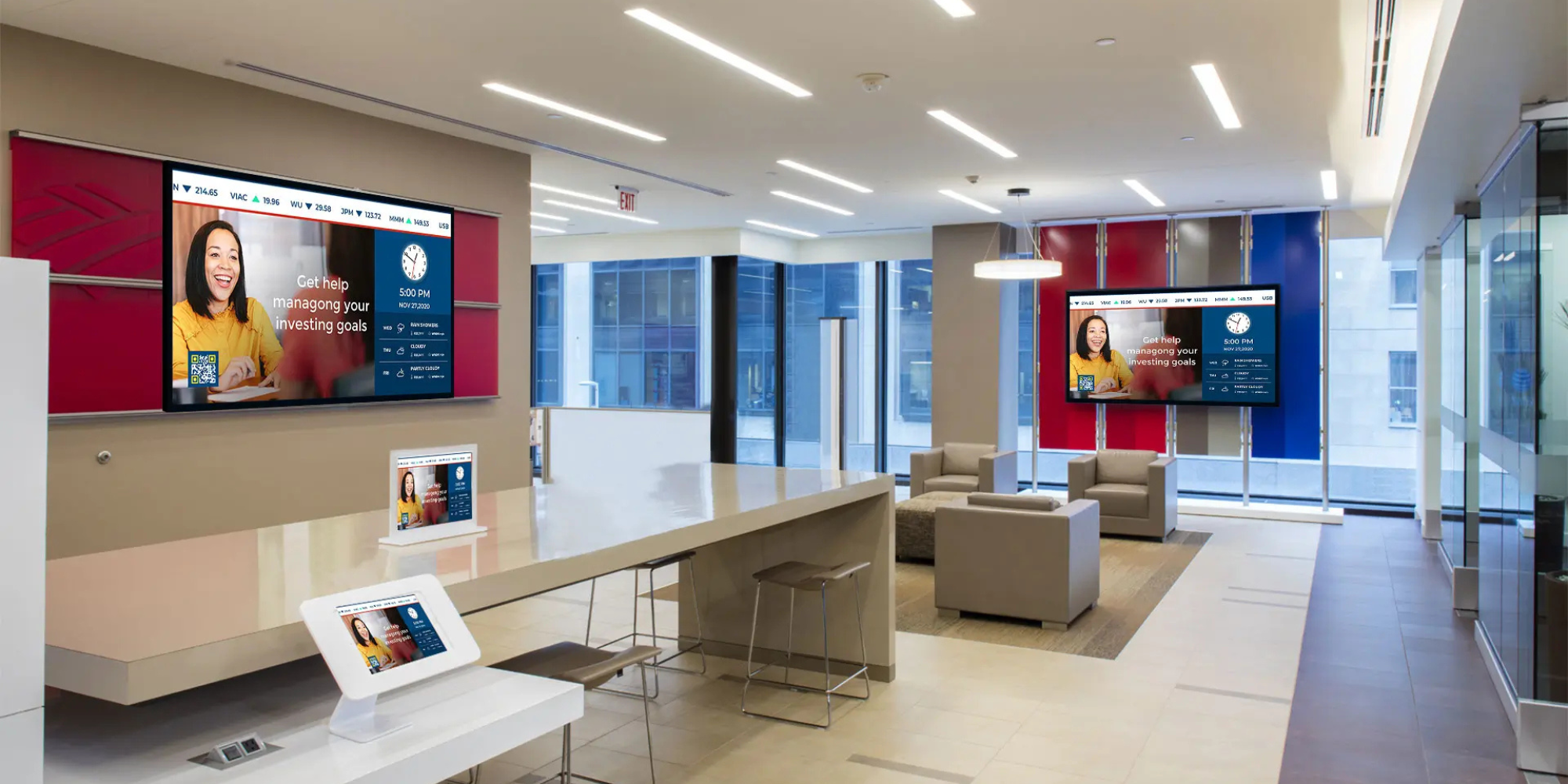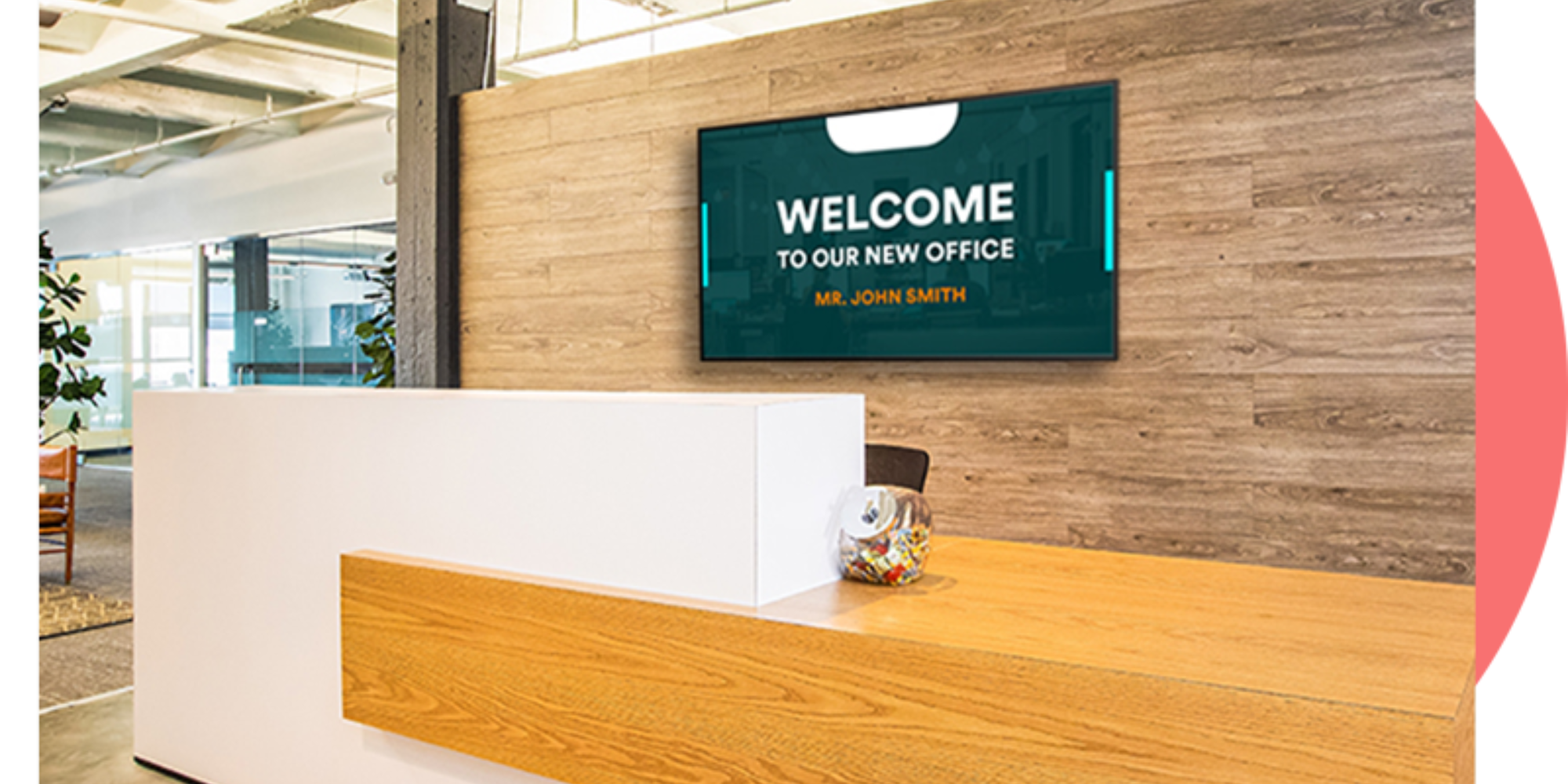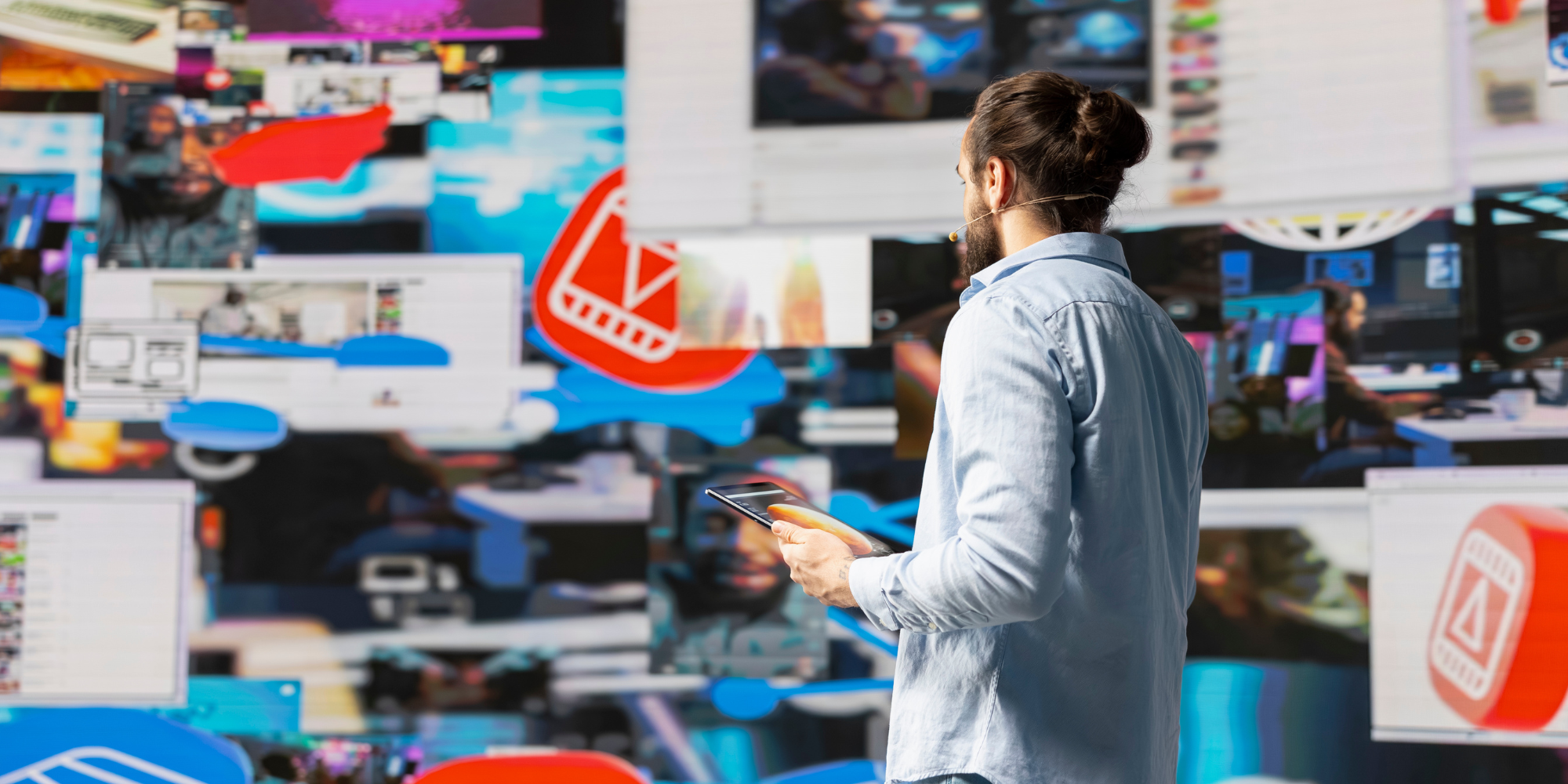
How to Overcome Common Challenges in Digital Signage Implementation
Digital signage is gaining popularity as more businesses recognize its potential in helping them improve their reach, gain visibility and brand awareness, and ultimately, boost their bottom line. While the benefits of digital signage are vast, there are also certain challenges that you must hurdle through to fully take advantage of it.
In this article, we walk you through the common challenges involved in implementing cloud based digital signage and provide tips to overcome them.
Common Challenges in Implementing Digital Signage
To fully maximize your use of digital signage and optimize your network to reap the results you’re looking for, you first need to hurdle through a unique set of challenges. Here are some of them.
Getting Buy-ins
If you need approval from the decision-makers to implement digital signage, you have to make a compelling case about how the technology can benefit the business. It’s not going to be easy convincing the big bosses to invest in a digital signage solution if they’re not familiar with it — especially because initial costs can be staggering.
To help you get people involved and excited about your idea, focus on discussing not only what digital signage can offer but also how that plays into achieving the company’s goals.
If the company runs a chain of retail stores and is looking to increase sales, for example, you can talk about how digital signage influences shopper behavior. In fact, 68% of Americans say that they purchased a product or paid for a service simply because they were attracted by a digital sign.
Staffing and Delegating Responsibilities

Behind your digital signage campaign is a team of people, each with their own set of responsibilities, keeping your screens up and running. But you might find it difficult to determine who should be involved in the project in the first place. You want to assign roles to the right people to ensure the success of your campaign.
Generally, you need the following stakeholders to contribute to our project:
- Project champion: If it’s not going to be you, you need someone to become the point person for your entire digital signage campaign.
Functioning as a project manager, the champion will have authority over the entire project and all stakeholders. They make all the difficult decisions, manage the budget, solve bottlenecks, and ensure that the campaign is progressing toward the company’s objectives.
- Technical team: Setting up and managing digital signage can be a technical endeavor. So you’ll need people from the IT department to help you build infrastructure to support your network.
They can also help assess software and hardware and select ones that will best cater to your needs while meeting the company’s security requirements.
- Content team: The bread and butter of your digital signage solution is your content. For this, you’ll need help from your marketing and communications team.
You can put them in charge of creating a content strategy and generating unique media for your digital signage screens.
Choosing the Right Digital Signage Solution
Now that you’ve assembled your team, it’s time to get started with the dirty work — finding hardware and software for your digital signage. From screens to content management systems, there are so many options in the market that can leave you overwhelmed. Let’s break this step down into manageable chunks.
First, you need digital signage hardware, which comprises your screens and media player. Digital signage screens come in a range of sizes and types. There are interactive kiosks, touchscreen displays, tablets, video walls, LCD/LED, and OLED screens. If you’re not ready to make the investment, you can also repurpose a smart TV for digital signage.
Your screens will be powered by a media player, which displays content rendered from your software. Common media player operating systems you can choose from are Fire OS, Raspberry Pi, Chrome OS, Windows, and Android.
Important Notice
Rise Vision recommends the Amazon Signage Stick instead of Amazon Fire Stick or Fire TVs due to its affordability, performance, reliability, and built-in Mobile Device Management (MDM) capabilities. The MDM feature allows users to easily manage and control their displays remotely, ensuring device and application updates. The Amazon Signage Stick is purpose-built for digital signage and integrates directly with Rise Vision.
The Amazon Signage Stick is currently only available in the United States. You can purchase it here.
For alternative media player recommendations, please check out our hardware list here.
With the release of the new Amazon Signage Stick, Amazon Fire Sticks and Fire TVs should not be used for digital signage moving forward.
Next, you need digital signage software. The powerhouse behind your displays, your software will allow you to upload, schedule, and deploy content onto your screens. When choosing software, look for the following features:
- User-friendly interface
- Hierarchy of accounts and granular user roles
- Software stability, security, and scalability
- App and systems integration
Rise Vision’s cloud-based digital signage software has all these features and more. Supporting any media player and digital signage screen, our solution can keep your displays running optimally. We offer free training and fast customer support so you never have to worry about downtime.
When you’ve chosen your digital signage solutions, make sure you work with your IT department to maintain reliable technology infrastructure. Have them create a strategy for how to integrate your devices into your company’s network in a way that meets company standards and protocols.
Curating a Digital Signage Strategy
The content that you display on your digital signage screens will determine the success of your project. But creating unique, attractive, dynamic, and engaging content is easier said than done. That’s why you need to craft a digital signage content strategy before you even start deploying images on your screens.
The beauty of digital signage lies in its versatility. You can upload and broadcast a range of media types, from images and videos to live streams and RSS feeds. Take advantage of this when planning your content.
In a nutshell, make sure to consider the following when formulating your content strategy:
- Your target audience
- The location of your displays
- Optimizing content according to time of day
- Your goals and objectives for digital signage
- Your message
- Design best practices, including colors, font size, font style, negative space, etc.
Maintaining Digital Signage
Digital signage isn’t something you can set and forget. You need to constantly maintain it, ensuring everything runs smoothly. While maintenance is minimal compared to what traditional signage would require, there are still some things you need to do.
Both your digital signage hardware and software need constant monitoring. For your software, that includes running software updates and checking security features. Your hardware, on the other hand, needs to be cleaned regularly and kept cool if it is going to be used outdoors .
Media players and servers unfortunately only have a short life span, so after a while, you’ll need to replace them with newer models. Some companies have trade-in programs that allow you to upgrade your hardware at lower costs, so you might want to enroll in those early on.
Displaying and Updating Content
Creating and deploying the right content that is dynamic, engaging, and attractive is often what companies find to be the hardest part of using digital signage. That’s why there are plenty of screens today that display stale, irrelevant, unprofessional content.
But to truly maximize everything that digital signage solutions have to offer, you need to be in your A-game when it comes to deciding what content to deploy — and how often to update it. Here are some common content problems we see in digital signs and how you can prevent them.
Stale Content
Your content becomes stale when you don’t update your displays regularly. To prevent this, create a comprehensive content plan and schedule content in advance. You can program your screens to show different content in a playlist or at different times of day, ensuring you’re showing your audience fresh images, videos, and other media at all times.
To make your digital signage more dynamic, you can also add filler content in between your ads. For example, social media feeds and live broadcasts from news channels can keep your content new and exciting.
But when you do this, make sure that the fillers are relevant, which brings us to the next issue.
Irrelevant or Repetitive Content
Showing content on your screens is not all that you can do with digital signage. There are features that allow you to optimize your content to show unique messages depending on location, time of day, and even customer behavior and weather conditions.
You should be targeting your content to your audience, showing them the most relevant ads at the right place and at the right time. To do this, we recommend creating a content workflow that helps you map out what content is most relevant based on your target audience.
You should also explore features in your digital signage software that help gather viewer analytics so you can make informed decisions to improve your content strategy.
Unprofessional Content

Aside from ensuring your content communicates the right message, you also need to be paying attention to design elements to make your graphics look professional. That includes observing rules when it comes to font, font style, colors, etc.
You might need graphic designers and video editors to help you in this regard. But templates are also available in most digital signage software, which you can edit and immediately upload onto your screens.
Overcome Challenges Starting With Powerful Digital Signage Software
Digital signage brings about plenty of opportunities for your business. But it also has its fair share of challenges to implement. Take our tips above to maximize your investment and get the results you’re looking for.
If you want a powerful and robust digital signage network, invest in the right digital signage software. Book a demo of our free digital signage software to learn how we can support your campaign and power up your displays.
More From Our Blog
-

How Effective is Digital Signage?
Digital signs are revolutionizing. That's the short answer. But if you're trying to convince leadership to invest in screens for your school hallways, hospital waiting areas, or manufacturing floor,[…]
Read More -

10+ Office Welcome Sign Ideas
Getting a welcome sign on your office display shouldn't take all afternoon. Rise Vision makes it pretty straightforward: pick a template, swap in your logo, and push it to your screen. Done. The[…]
Read More -

Top Trends in Digital Signage Display Technology for 2025
Digital signage technology is evolving rapidly, with new innovations emerging every year. In this rapidly evolving landscape, businesses must adapt quickly to keep up with the latest advancements in[…]
Read More
Keep Your Displays Interesting – Pick New Templates Every Week!
Every week, we send template recommendations that will make you look great and improve your audience experience. And the best part, they save up to 16 hours of content creation time every week!
12,300+ Organizations Trust Rise Vision, You Can Too
Schedule a Free Demo
You deserve the #1 all-in-one platform for digital signage, screen sharing, and emergency alerts.



































